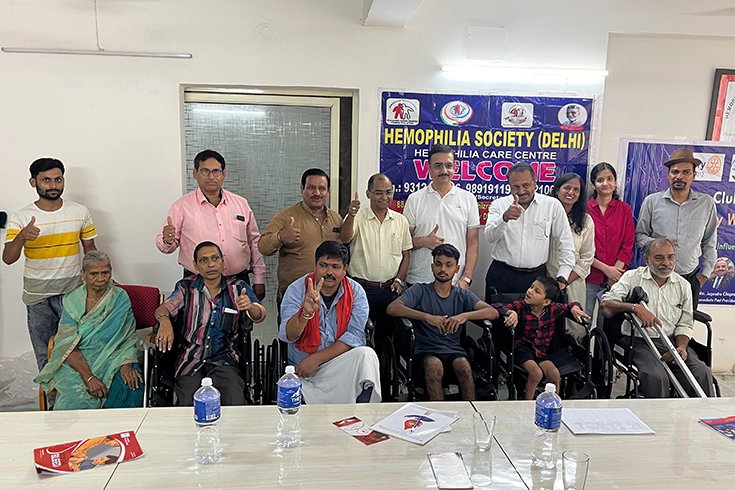Coffee, one
of the world’s most beloved beverages, is cherished for its rich flavor and
energizing kick. However, there’s a captivating journey behind each cup, from
bean to brew. By learning to choose the right beans, understand food labels,
and properly handle and store coffee, you can enhance the quality of each sip.
With insight into bean varieties, formats, and packaging, you can unlock the
full potential of your coffee experience.
Coffee's
fascinating history begins in the Ethiopian highlands, where legend has it that
it was first discovered. Today, coffee grows in tropical regions around the
world, each environment adding unique qualities to the taste. There are two
primary types of coffee beans: Arabica, known for its mild acidity and complex
flavors, and Robusta, recognized for its bold taste and higher caffeine
content.
Coffee comes
in three main forms: whole beans, pre-ground coffee, and instant coffee. Whole
beans are ideal for those who enjoy freshly ground coffee and have the tools to
grind beans for specific brewing methods like a French press or drip coffee
maker. Pre-ground coffee offers convenience, though it may lack the freshness
of whole beans, so choosing the right grind for your brewing method is
essential. Instant coffee, the fastest option, suits those on the go who need a
quick, simple solution.
What is
Decaffeinated Coffee?
Decaffeinated
coffee, often called “decaf,” has had most of its caffeine removed while
maintaining its taste and aroma. It’s a good choice for individuals sensitive
to caffeine, as it contains about 97% less caffeine than regular coffee. Decaf
offers the enjoyment of coffee’s flavor without the side effects of caffeine,
such as jitters, anxiety, or sleep disturbances. It’s an excellent choice for
people reducing caffeine, such as pregnant women, those with health conditions,
or anyone wanting a late-night coffee without affecting their sleep. Decaf
coffee is also rich in antioxidants, adding health benefits without caffeine’s
stimulating effects.
Checking
Information on Food Labels
When
purchasing coffee, always check the food label. For flavored coffee lovers,
ensure it’s free of preservatives or additives by reviewing the ingredient list
and avoiding artificial flavors. Some coffees include chicory root, which is
roasted and ground to reduce bitterness. Chicory can offer health benefits like
aiding digestion, but it alters the coffee’s taste, adding a woody or earthy
note. Decide if you prefer the pure coffee flavor or enjoy the twist chicory
provides.
Choose
coffee packaged in glass to maintain freshness, and look for certifications
that match your values. Organic certifications, for instance, confirm the beans
were grown without synthetic pesticides, supporting environmentally friendly
practices. Fair Trade certifications ensure farmers receive fair pay,
supporting sustainable livelihoods in coffee-growing communities. These
certifications can guide you toward coffee that aligns with your values.
Single-origin coffees, sourced from a single location, provide distinct flavor
profiles shaped by the unique growing conditions of that region.
When
shopping, be cautious of unusually low prices—this can signal lower-quality
beans or questionable sourcing. Also, pay attention to caffeine content if you
monitor your intake. Freshly roasted beans are key for achieving the desired
flavor and quality, so check for a recent roast date to enjoy the freshest
coffee possible.












